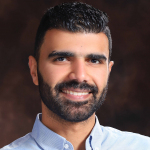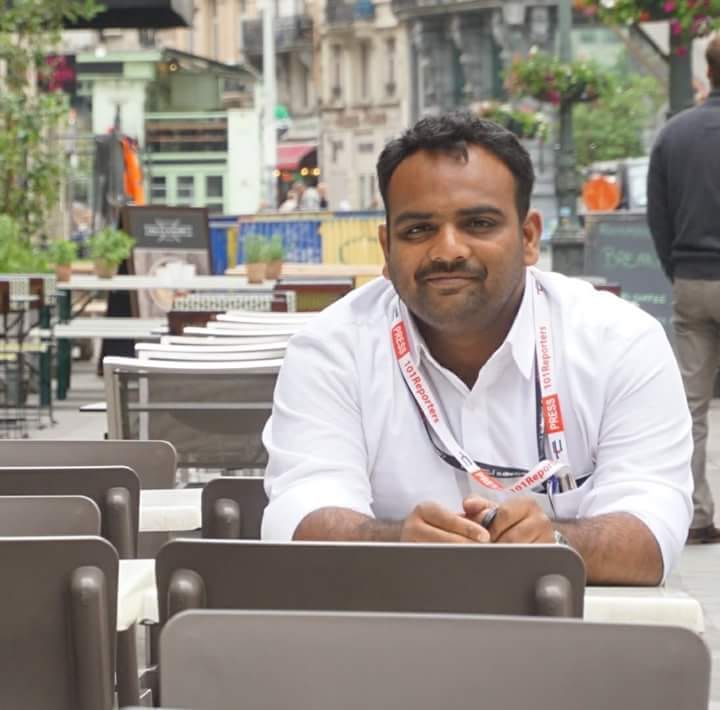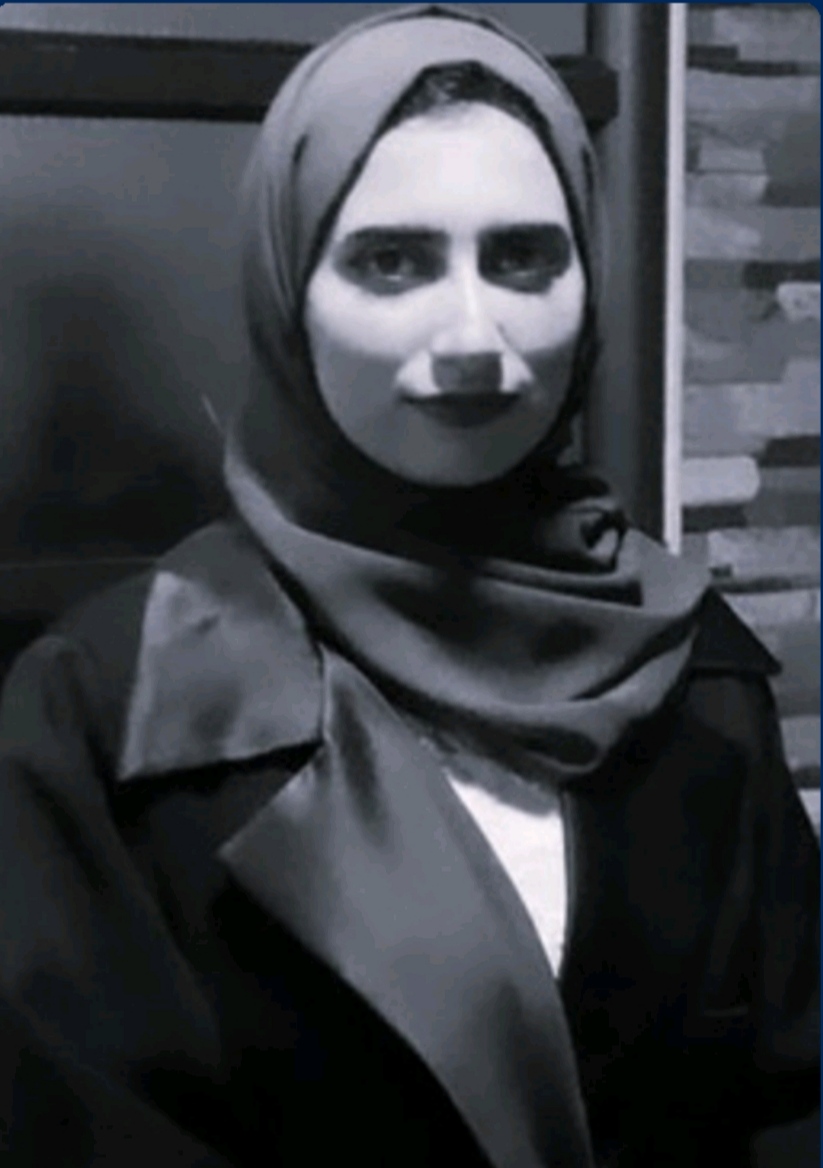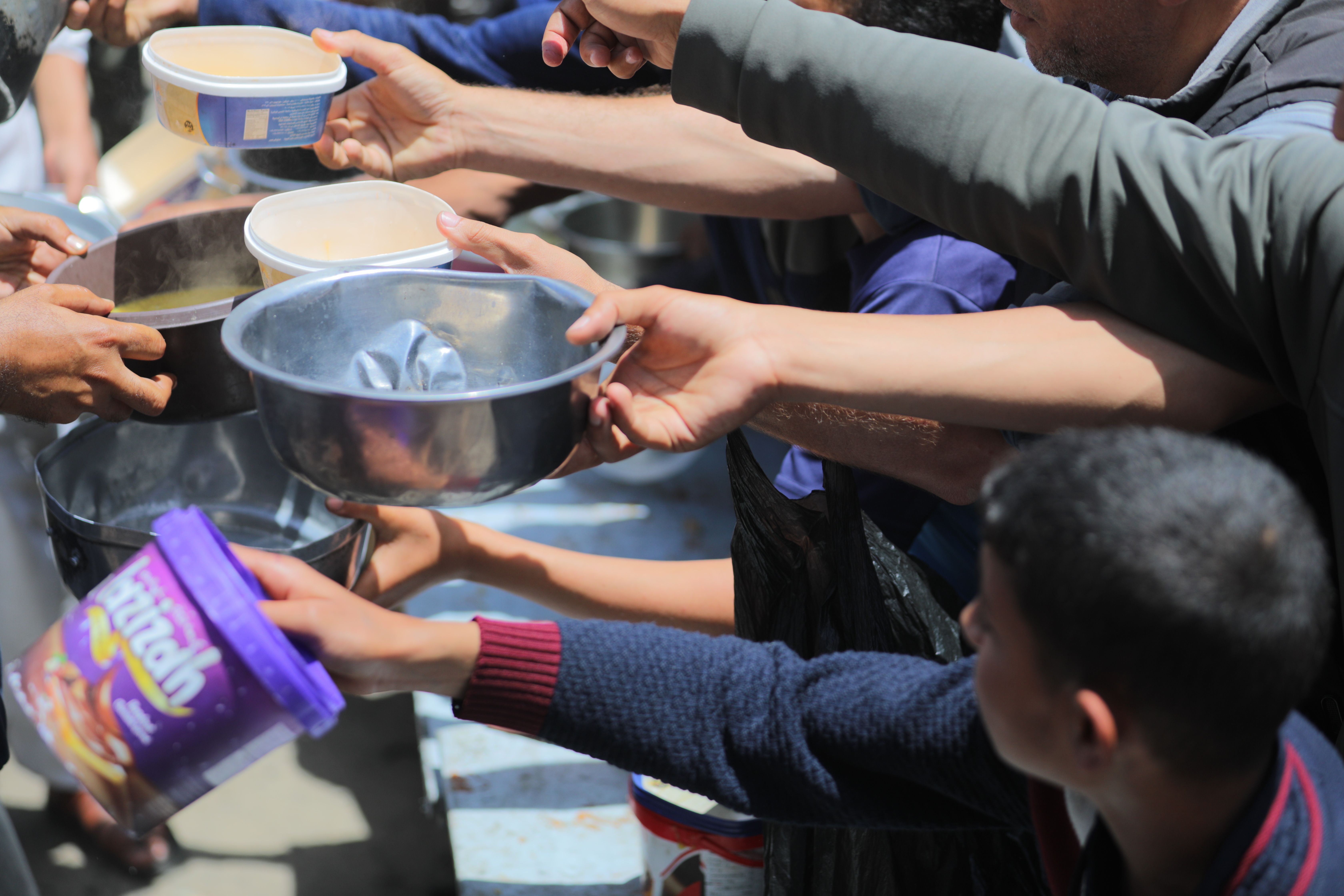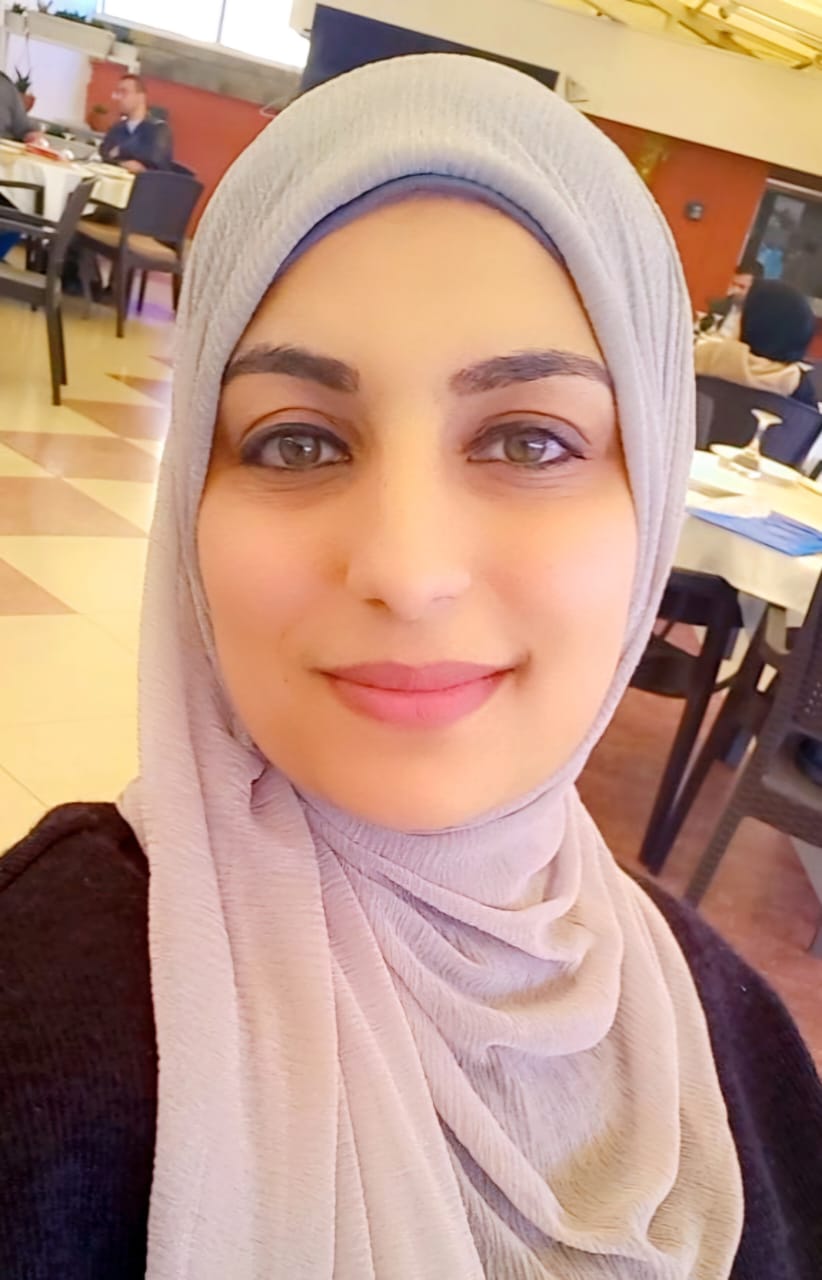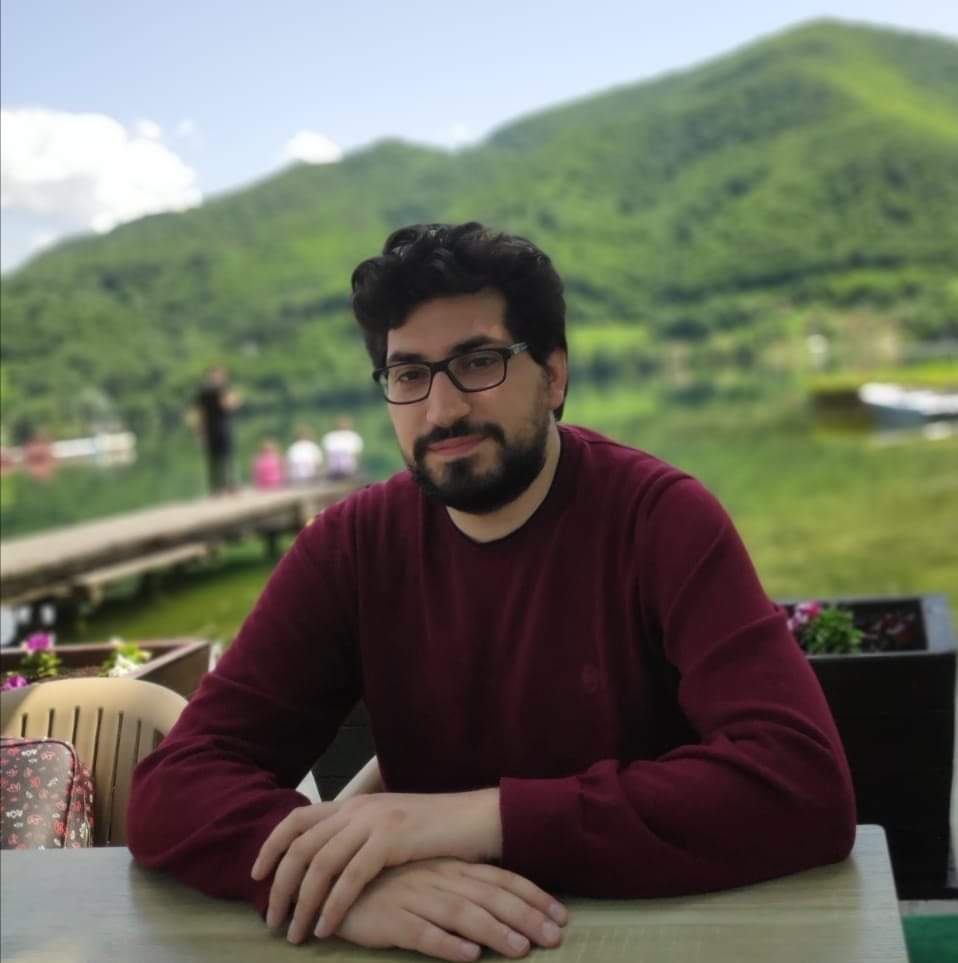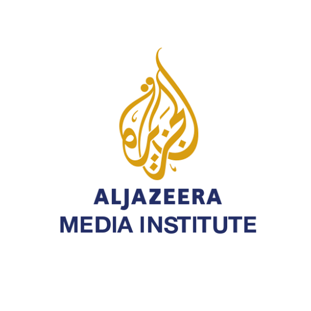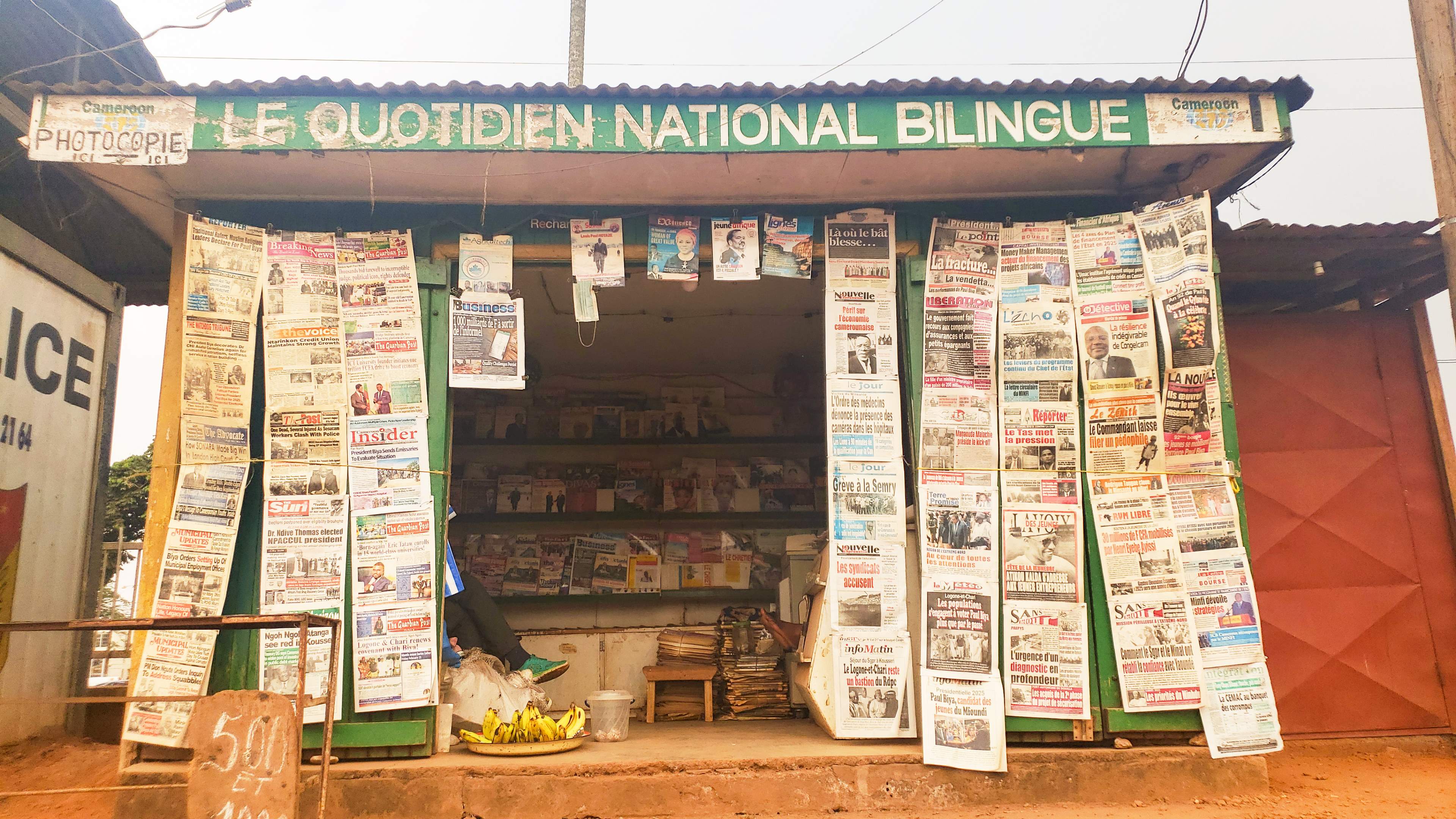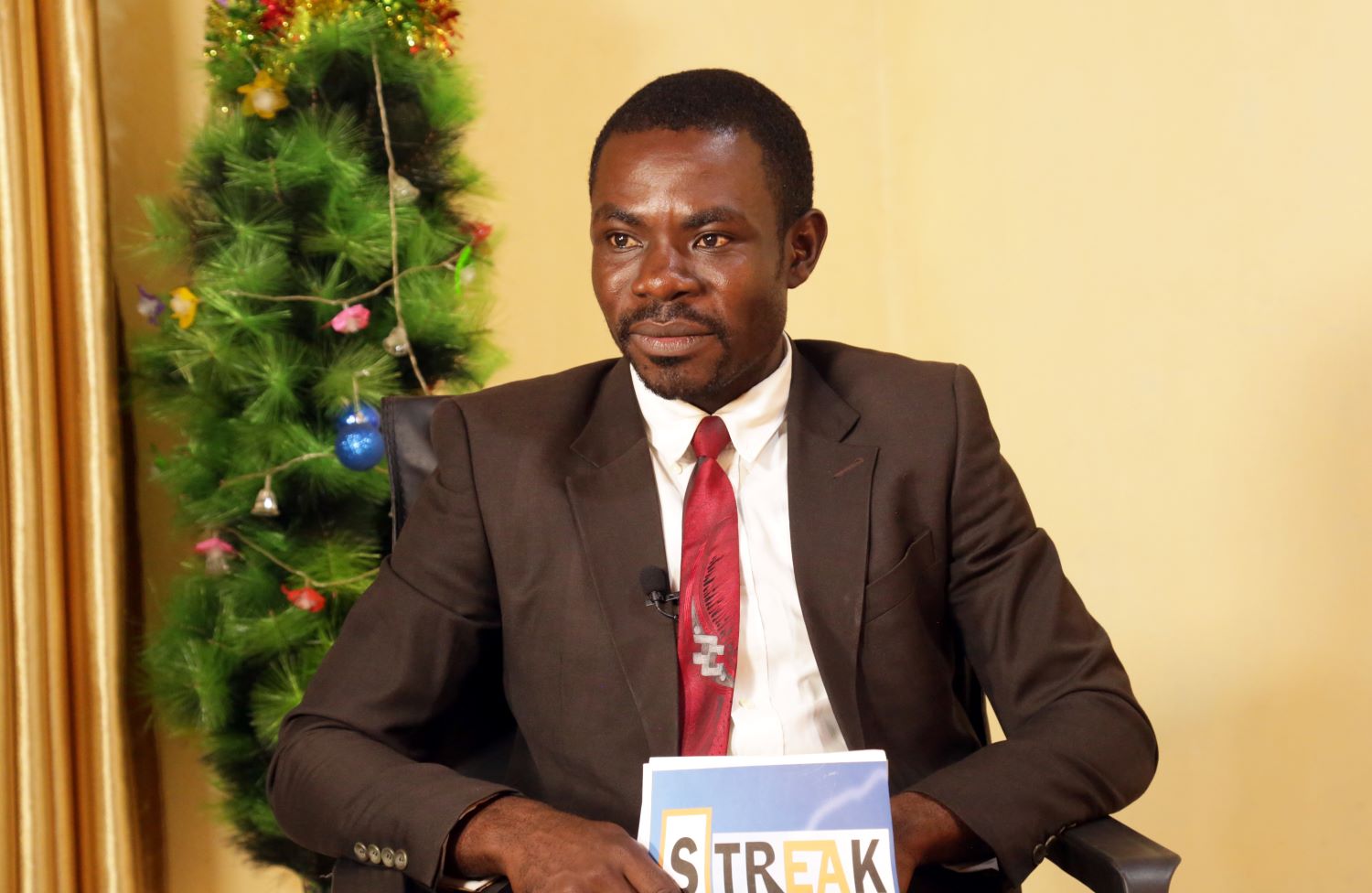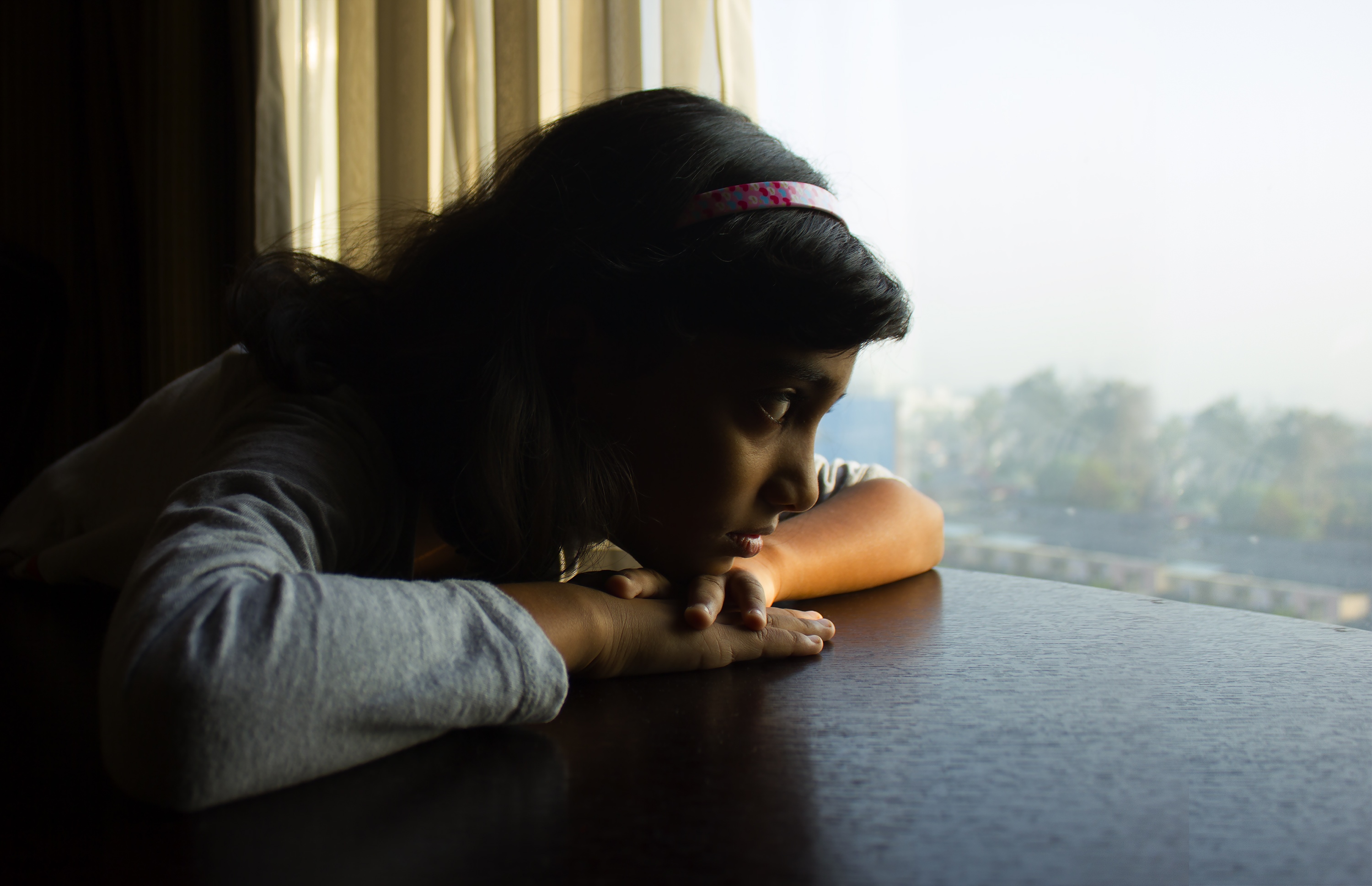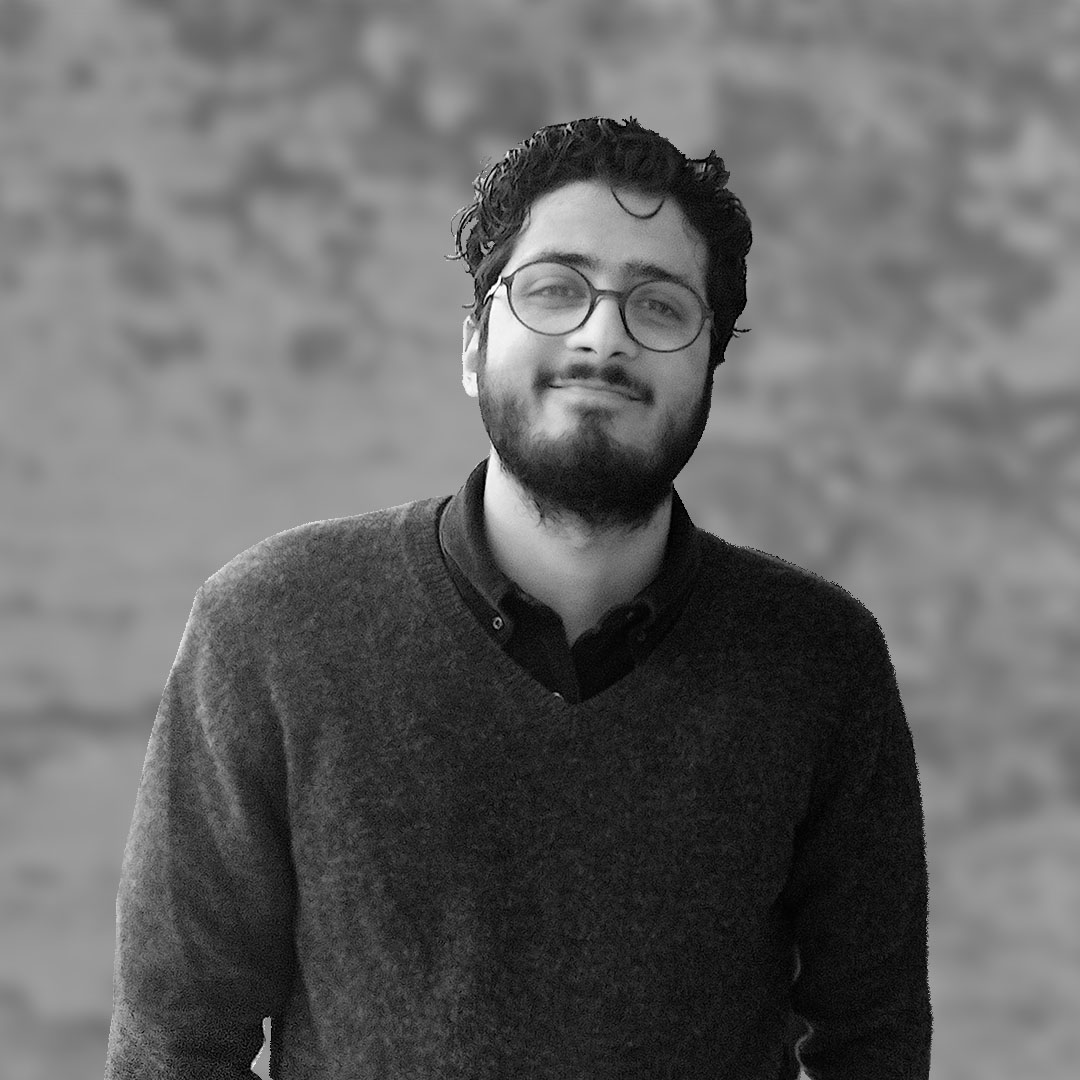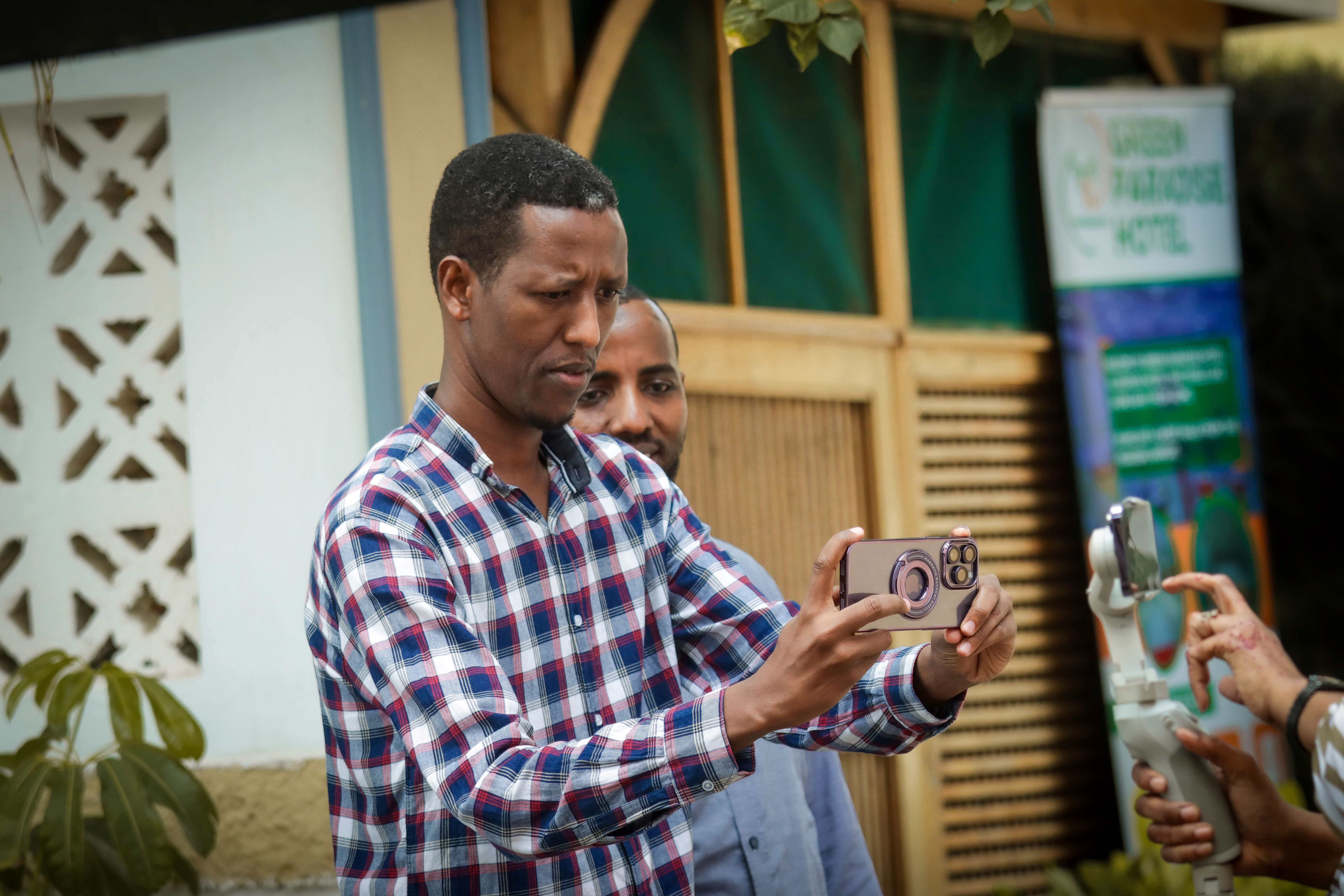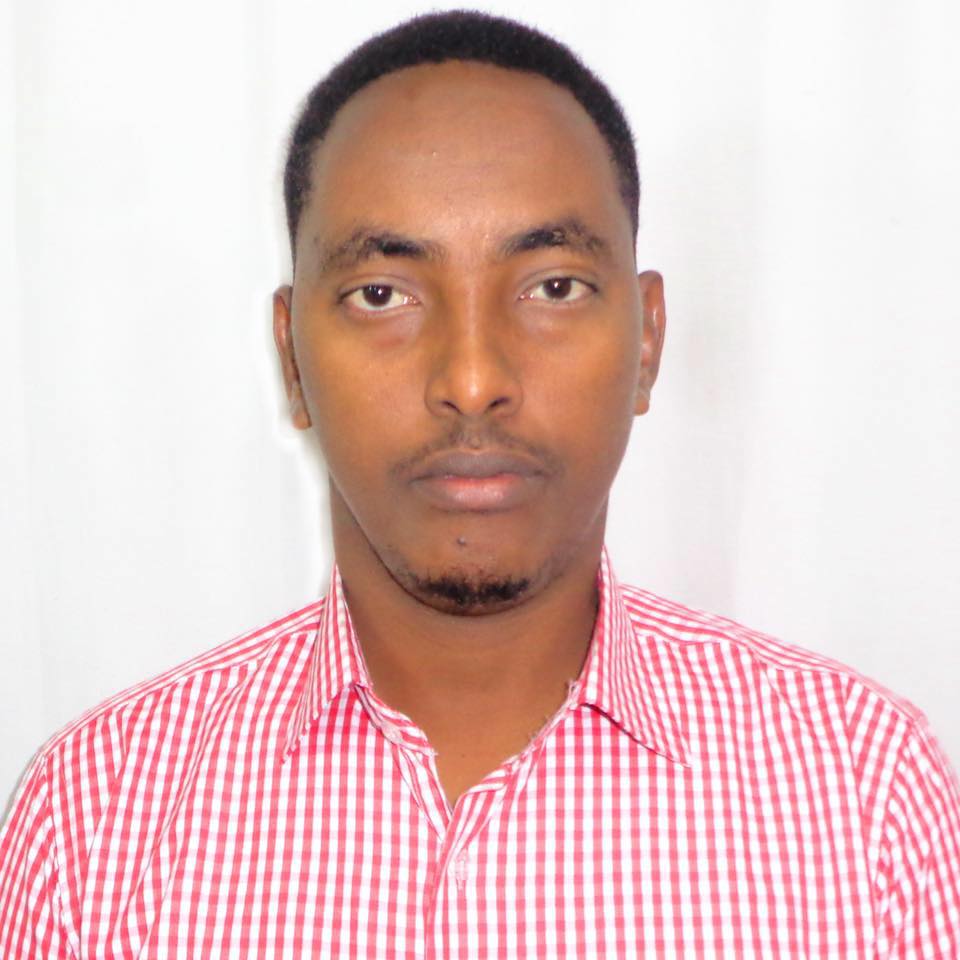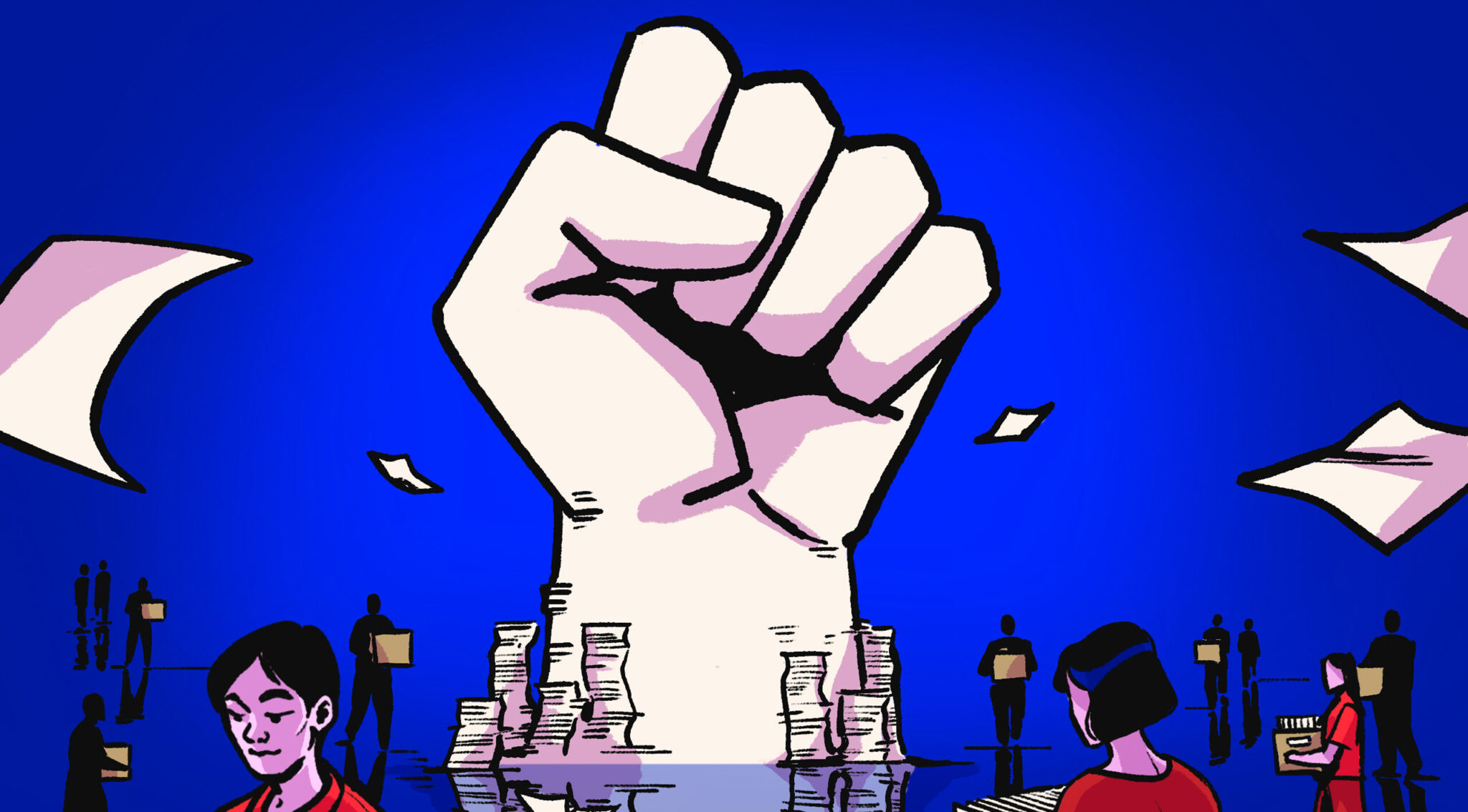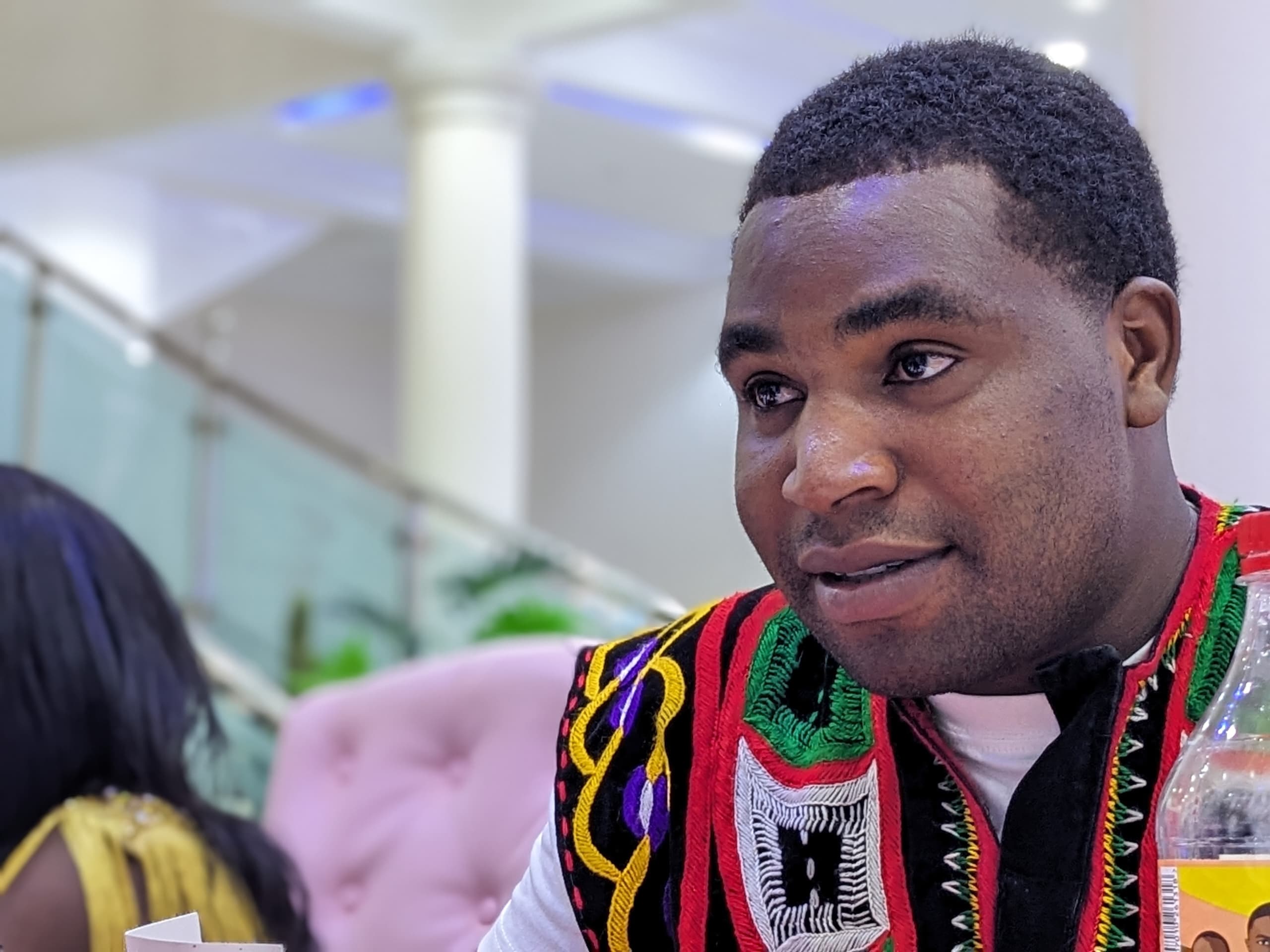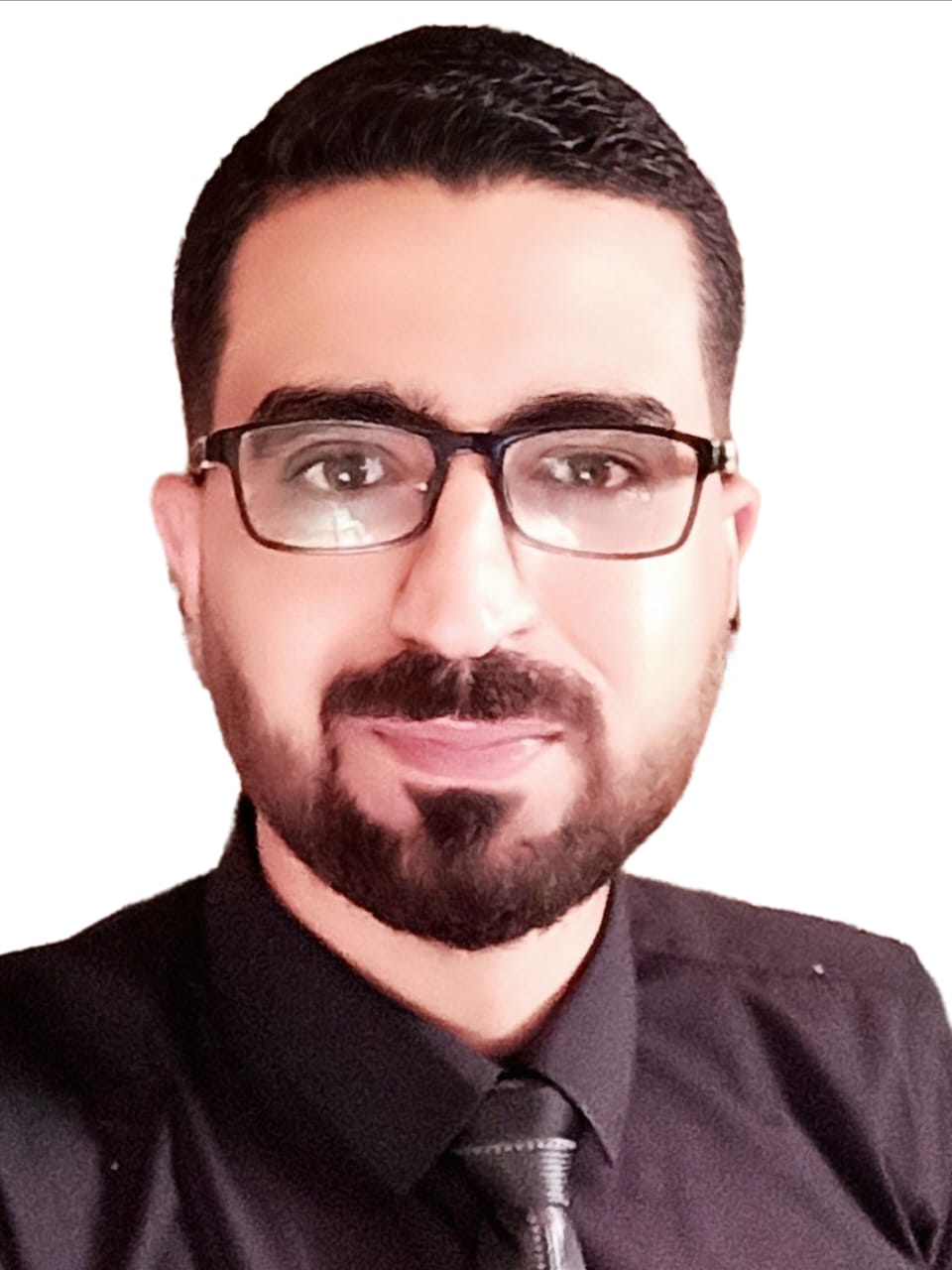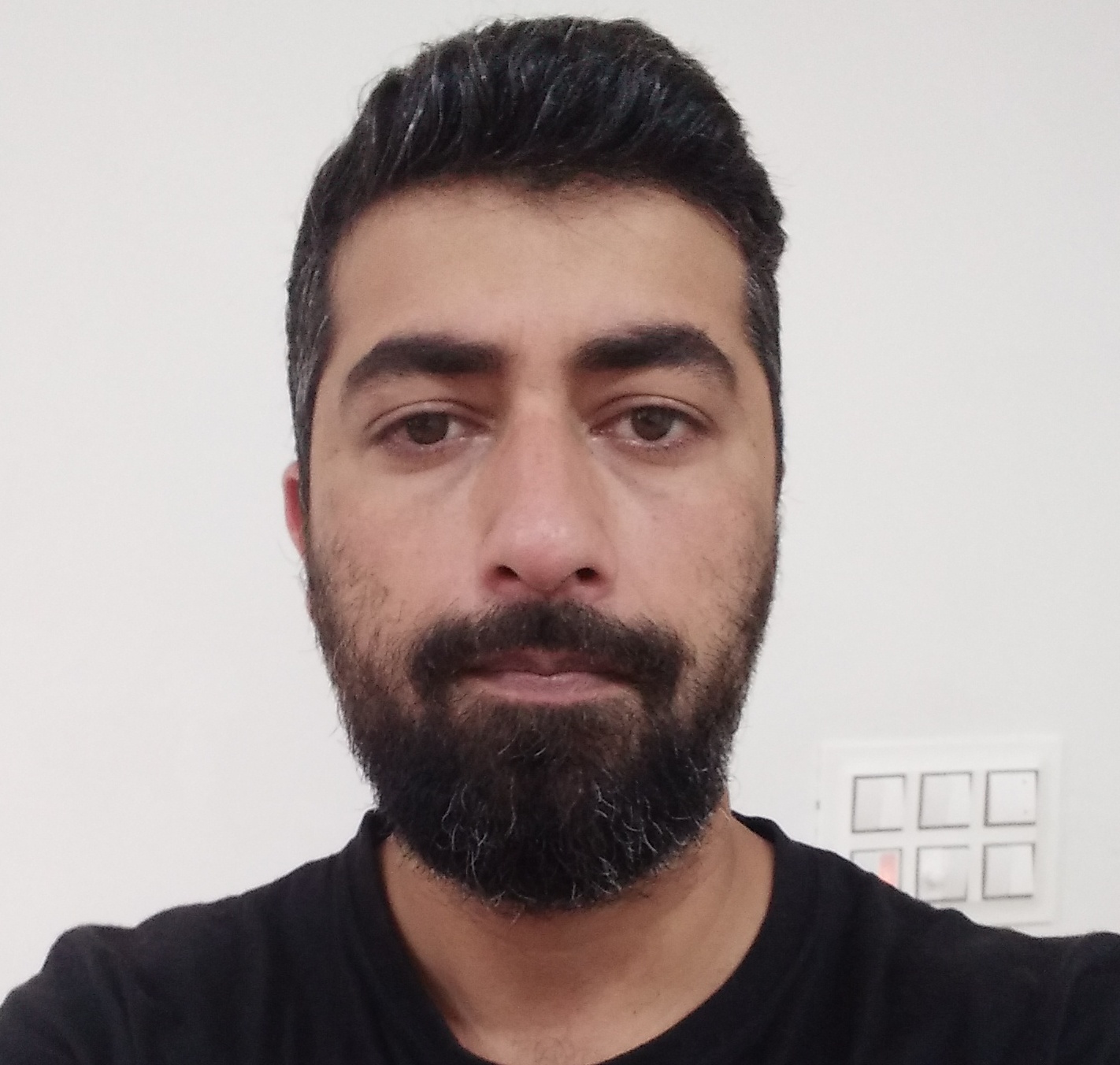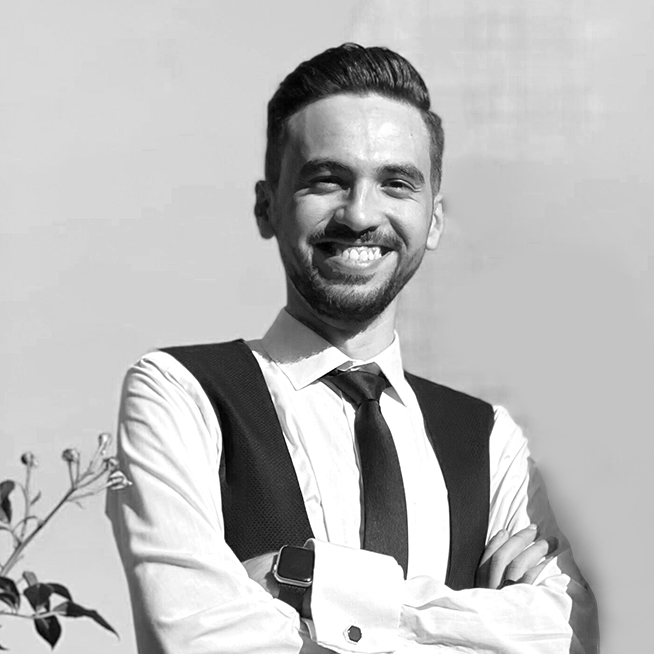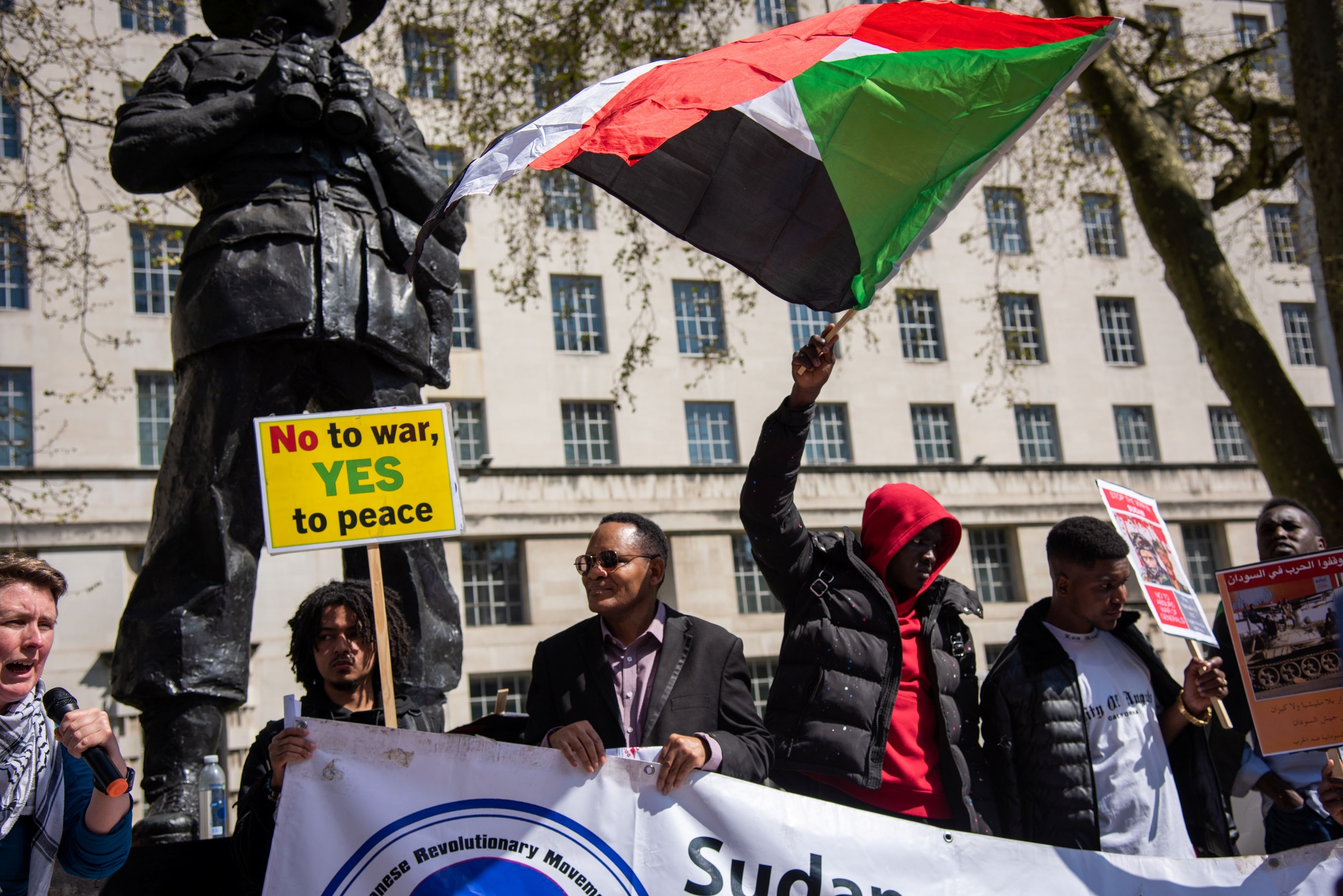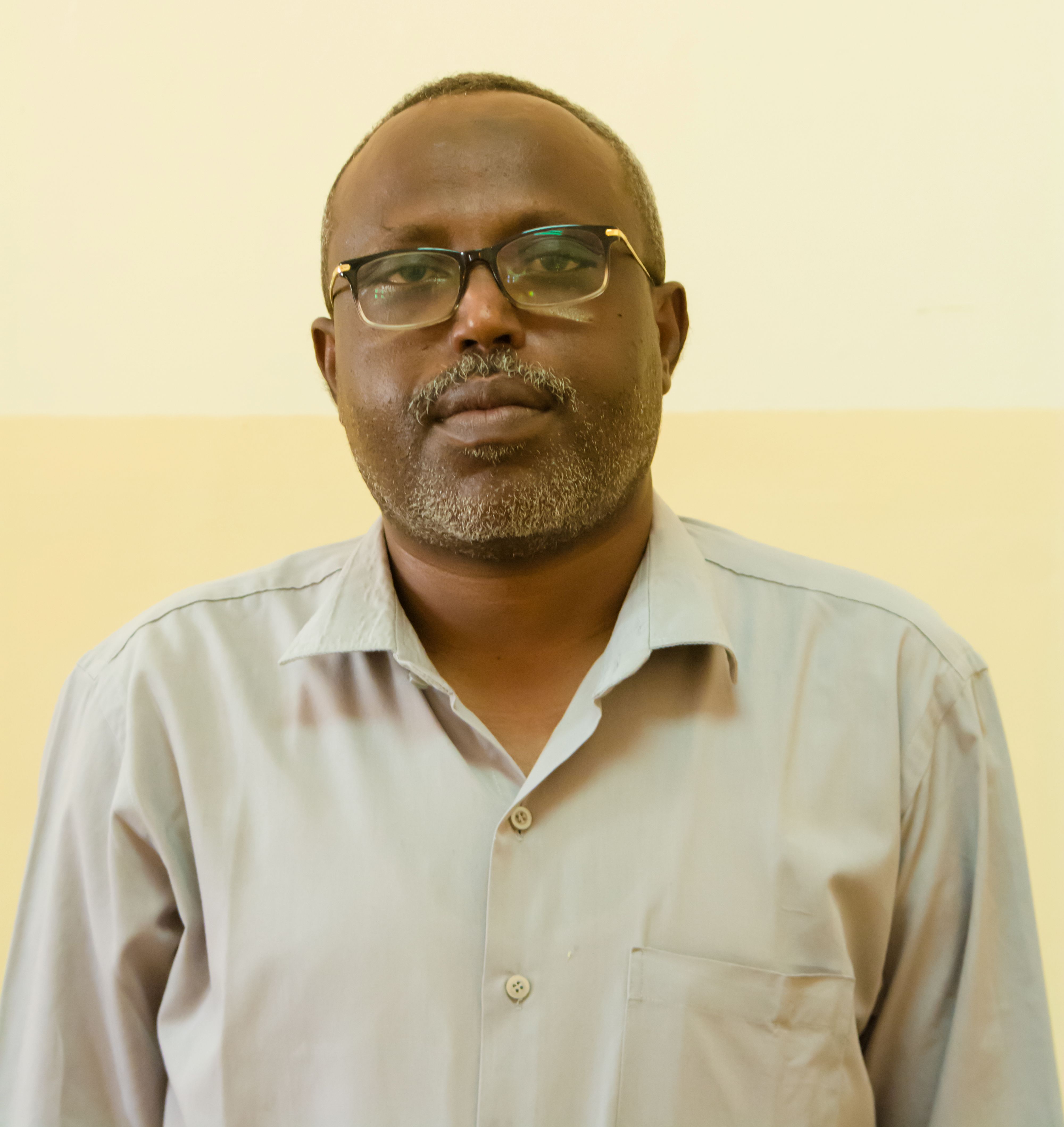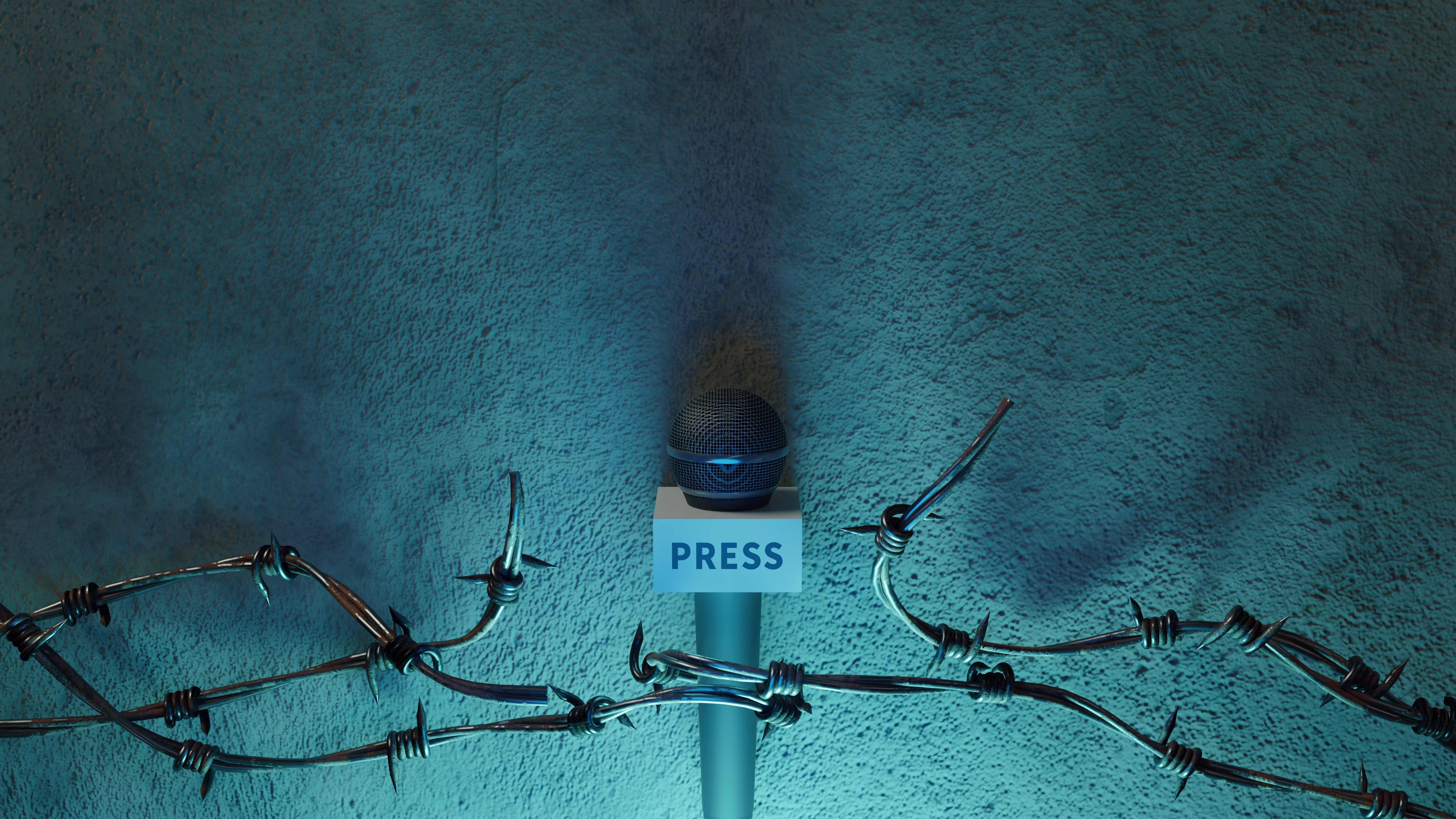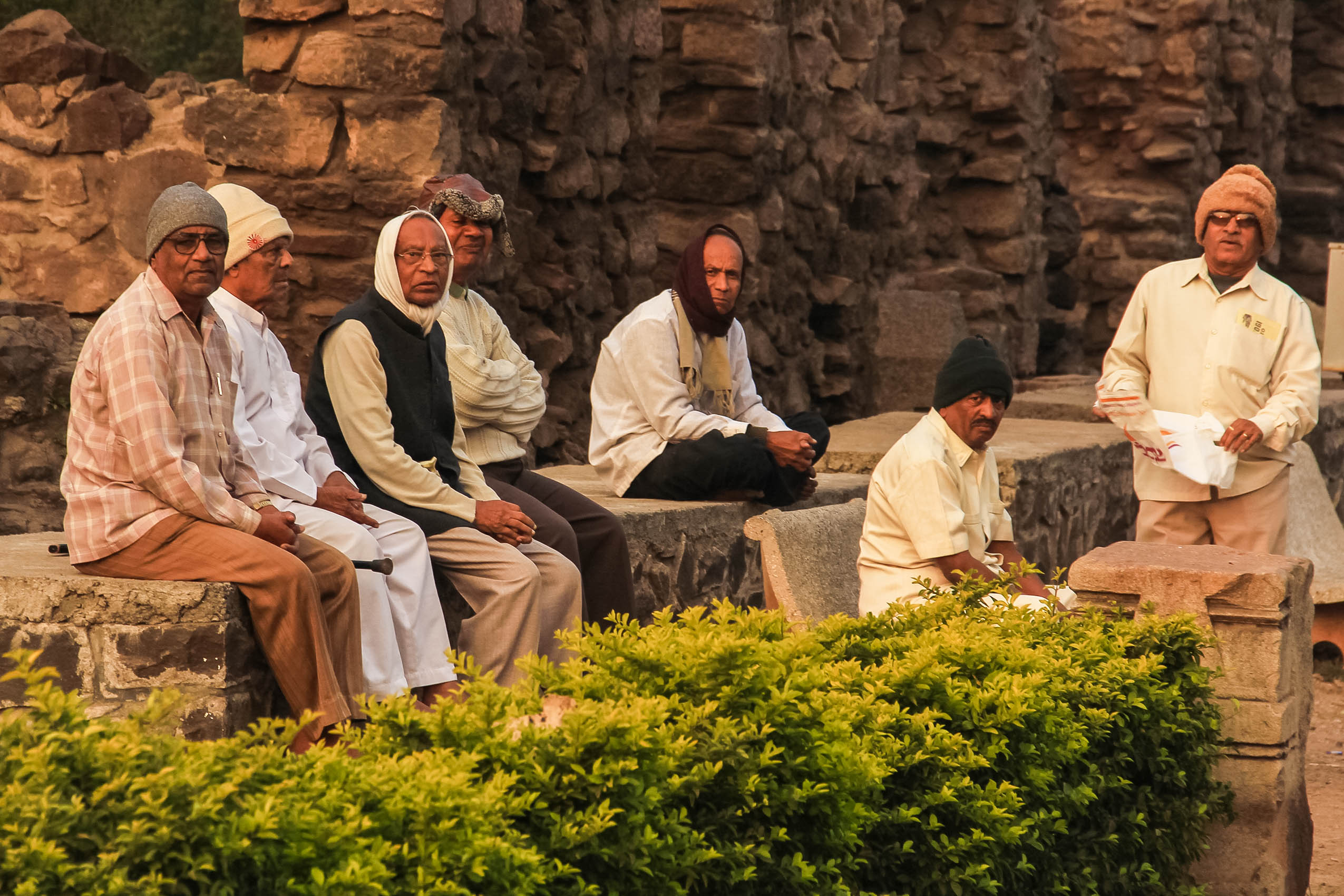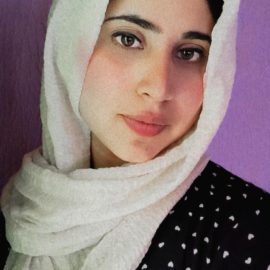في 9 أكتوبر 2024، نشرت نيويورك تايمز مادّة صحفية توثيقية يسرد فيها الطبيب الجراح الأمريكي فيروز سيدهوا - العائد من غزة حينها - شهادات 65 من زملائه الأطباء والممرضين والمسعفين، حول ما رأوه من فظائع في مستشفيات غزة خلال الحرب. في مطلع المادة التي نشرت في قسم الرأي في الصحيفة، يحكي الطبيب كيف أنّه لم يكن بوسعه تصديق ما رآه وهو يتعامل مع الضحايا في المستشفى الأوروبي في خان يونس، خاصّة تلك الأعداد الكبيرة من الإصابات المباشرة بالرأس بين الأطفال.
عرض المقال شهادات أولئك العاملين في القطاع الصحي من غزة ووزّعها على ستة محاور، وفي كل محور عدد من الشهادات حولَ جانب محدّد من الفظائع التي عاينوها.
تعرّض كاتب المقال والصحيفة حينها لحملة تشويه ممنهجة من حسابات وشخصيات إسرائيلية وأمريكية داعمة لإسرائيل؛ تضمنت اتهامات للمشاركين في المادة بتلفيق الشهادات وفبركة الصور التي فيها. تصاعدت حملة التشكيك في المادة، واضطرت نيويورك تايمز بعد أسبوع على الحملة من إصدار بيان يؤكّد أنّ كافة المعلومات التي وردت في المقال قد خضعت لعملية دقيقة من المراجعة والتحقق، وأنّ الشهادات قدمها أطباء وممرضون ومسعفون سبق لهم - بالفعل - العمل بشكل تطوعي في غزّة، وأنّ شهاداتهم مطابقة لوقائع وثقتها أطراف ومؤسسات مستقلة أخرى في قطاع غزّة. "نحن نلتزم بموقفنا إزاء صحة المقال والبحوث التي استند إليها بشكل كامل، وأي ادعاء بأن الصور التي وردت فيه مفبركة هو - ببساطة - عار من الصحة".
في أحد الإحصاءات اللافتة التي تتبعت مقالات الرأي حول فلسطين في الصحيفة بين العام 1970 وحتى نهاية 2019، نجد أن نسبة الأصوات الفلسطينية من مجموع كافة مقالات الرأي المنشورة (2،490 مقالًا)، لا تتجاوز 1.8% فقط. وفي تحقيق أكاديمي آخر بالاعتماد على تقنيات الذكاء الاصطناعي، نجد أنّ 90% من بين 33،000 مادة في نيويورك تايمز (ذات صلة بالانتفاضتين الأولى والثانية)، كانت تركّز على الرواية الإسرائيلية.
لم يمثّل مقال الطبيب سيدهوا إلا استثناء نادرًا ومتحفظًا حينها في نيويورك تايمز، التي لا تمثل الأصوات الفلسطينية أو الداعمة لفلسطين على أعمدة الرأي فيها إلا بنسبة ضئيلة جدًا مقارنة بالحيّز المتاح للأصوات الداعمة لإسرائيل أو المدافعة عنها، ليس في هذا الحرب وحسب، بل وفي جميع الحروب وجولات التصعيد الإسرائيلي السابقة في قطاع غزة وفي الضفة الغربية. في أحد الإحصاءات اللافتة التي تتبعت مقالات الرأي حول فلسطين في الصحيفة بين العام 1970 وحتى نهاية 2019، نجد أن نسبة الأصوات الفلسطينية من مجموع كافة مقالات الرأي المنشورة (2،490 مقالًا)، لا تتجاوز 1.8% فقط. وفي تحقيق أكاديمي آخر بالاعتماد على تقنيات الذكاء الاصطناعي، نجد أنّ 90% من بين 33،000 مادة في نيويورك تايمز (ذات صلة بالانتفاضتين الأولى والثانية)، كانت تركّز على الرواية الإسرائيلية، وهو نمطٌ تصاعدَ بشكل طردي بين كل حرب وأخرى، وصولًا إلى هذه الحرب.
فتهميش الرواية الفلسطينية هو السائد في التغطية الإعلامية الغربية، حتى فيما يتعلق بتلك الجرائم السافرة في القانون الدولي والعرف الإنساني؛ مثل استهداف المستشفيات أو المؤسسات الصحفية والعاملين فيها. وفي هذا السياق، ستنشر نيويورك تايمز بعد ذلك التقرير عشرات المواد المتحيزة للرواية الإسرائيلية، وتحديدًا فيما يخص المستشفيات في قطاع غزة، وسيتجاهل المحرر عدّة تقارير من الأرض عن انتهاكات الاحتلال واستهداف المدنيين، سواء في المستشفيات وما حولها، أو في خيام النازحين، أو قرب مراكز توزيع المساعدات مؤخرًا.
وقد بلغ هذا التحيّز ذروته في تقرير نشر في يونيو/ حزيران الماضي؛ حيث تماهى صراحة مع المزاعم الإسرائيلية بشأن وجود أنفاق تحت المستشفى الأوروبي في مدينة خانيونس جنوب قطاع غزة، الأمر الذي دحضته عدّة تحقيقات مستقلة من بينها تحقيق لصحيفة هآرتس الإسرائيلية، الذي أكّد على عدم وجود أدلة معتبرة بشأن وجود نفق تحت المستشفى. ورغم الانتقادات التي طالت نيويورك تايمز عقب نشر التقرير الذي أعدّه مراسلها المدمج بجيش الاحتلال في غزّة، باتريك كينغسلي، إلا أنّ الصحيفة لم تعلن عن أي تحقيق بشأنه، ولم تنشر - على غرار ما فعلت بعد نشر مقال الطبيب سيدهوا - أي بيان يوضّح الموقف التحريري من تقرير تشوبه العديد من المشاكل المهنية الأساسية، تمامًا مثلما فعلت إبان نشر التقرير حول مزاعم الاغتصاب والاعتداء الجنسي من قبل قوات تابعة لحماس في هجوم السابع من أكتوبر.
سيأخذ هذا التحيّز منحىً آخر أكثر خطورة مع استطالة أمد الحرب في غزّة وتكرار المجازر الإسرائيلية اليومية ضد المدنيين الفلسطينيين؛ إذ ستميل وسائل إعلام غربية وأمريكية سائدة، وفي مقدمتها نيويورك تايمز، إلى أسلوبٍ من التحيّز عبر الإغفال والحذف (bias by omission) الذي يمكن التعبير عنه أيضًا بالانحياز السلبي؛ ففي حين يكون التركيز عادة على تحليل التحيّز فيما تنشره وسائل الإعلام لتحديد المشاكل في زوايا التأطير والمعالجة أو التحيّز في انتقاء المصادر أو الاختيارات اللغوية، فإنّ ما يغيب هو تعقب ما تتعمّد تلك الوسائل الإعلامية إسقاطه من تغطيتها بالكامل لخدمة أجندة تحريرية معينة.
سيأخذ التحيّز منحىً آخر أكثر خطورة مع استطالة أمد الحرب في غزّة وتكرار المجازر الإسرائيلية اليومية ضد المدنيين الفلسطينيين؛ إذ ستميل وسائل إعلام غربية وأمريكية سائدة، وفي مقدمتها نيويورك تايمز، إلى أسلوبٍ من التحيّز عبر الإغفال والحذف (bias by omission) الذي يمكن التعبير عنه أيضًا بالانحياز السلبي.
ويمكن تتبع سلسلة طويلة من حالات الحذف التحريري في الصحافة الأمريكية والغربية في أي فترة من حرب السابع من أكتوبر عام 2023. ولعل واحدة من أبرز ما يدل على هذا الشكل من التحيز مؤخرًا، هو تجاهل صحيفة مثل نيويورك تايمز تغطية مقتل مدير المستشفى الأندونيسي في غزة الدكتور مروان السلطان، مع عدد من أفراد أسرته (زوجته، وخمسة من أبنائه) باستهداف إسرائيلي مباشر للشقة التي كان فيها بحسب شهادات ذويه. فرغم فداحة الجريمة التي أثارت موجة واسعة من الاستنكار، ونالت تغطية واسعة في وسائل إعلام أخرى، إلا أن الصحيفة أسقطت الخبر وتجاوزته تمامًا في تغطيتها.
تجاهلت الصحيفة الأمريكية حادثة استهداف الدكتور السلطان الذي يوصف بأنه كبير أطباء غزّة، التي وقعت في اليوم الذي قررت فيه وسائل إعلام بريطانية وأمريكية (القناة الرابعة البريطانية، وموقع "زيتيو" الأمريكي) عرض وثائقي يفضح نمط الاستهداف الإسرائيلي الممنهج للطواقم الطبية في قطاع غزة خلال هذه الحرب، وهو فيلم كانت البي بي سي قد اعتذرت عن بثّه، مثلما فعلت قبل أسابيع حين سحبت فيلمًا يعرض جزءًا من معاناة أطفال قطاع غزة في هذه الحرب، وفق ما يبدو أنّه خيار تحريري يتخذ من الحذف والتجاهل أدوات منهجية للتحيّز للرواية الإسرائيلية والدفاع عنها.
الصحفية والباحثة في مجال الإعلام سوسن زايدة ترى أن هذا النمط من التحيز الإعلامي بالحذف والانتقاء يشار إليه في أدبيات الإعلام بمصطلح "حراسة البوابة" (Gatekeeping)، والذي يحيل إلى جانب جوهري من عمليّة صنع القرار في غرفة الأخبار، يناط به تحديد الأولويات في الموضوعات والقضايا التي يلزم تغطيتها، وتلك التي يمكن أو يلزم صرف النظر عنها وتهميشها.
وفي حديثها لـ"مجلة الصحافة" تشير زايدة أن هذه الممارسة تعمل على تحديد وجهات نظر تتسق مع الخط التحريري للمؤسسة وإقصاء ما سواها، مع ما يتطلبه ذلك من تركيز على بعض الأخبار والتعتيم على أخرى.
ورغم تأثّر أي تغطية إعلامية بهذه المحدّدات التي تفرض أجندةً ما على عمل المؤسسات الإعلامية من داخل غرفة الأخبار وتوجهات القائمين عليها ومصالحهم، أو من خارجها بفعل ضغوط سياسية أو اقتصادية، إلا أن ثمّة حدودًا مهنية وأخلاقيّة لهذه الممارسة، خاصة إذا أثّرت على شكل التغطية لانتهاكات واضحة مثل جرائم الاحتلال الإسرائيلي في فلسطين، وكان الهدف من هذه الممارسة التعمية عليها أو محاولة تبريرها بحسب زايدة.
وتؤكّد زايدة على أن زاوية النظر إلى هذه الممارسة الخاصة بـ "حراسة البوابة" تختلف بحسب طبيعة المؤسسة التي تمارسها، إن كانت وسيلة إعلام محليّة أو ذات توجّه سياسي أو انتماء حزبي واضح، أو إن كانت وسيلة إعلام كبرى تؤثر على أجندة الأخبار في الدولة نفسها أو حتى عالميًا، مثلما هي حال مؤسسات الإعلام الغربية السائدة، مثل نيويورك تايمز، أو سي أن أن، أو واشنطن بوست وغيرها.
تجاهلت صحيفة نيويورك تايمز حادثة استهداف الدكتور السلطان الذي يوصف بأنه كبير أطباء غزّة، التي وقعت في اليوم الذي قررت فيه وسائل إعلام بريطانية وأمريكية عرض وثائقي يفضح نمط الاستهداف الإسرائيلي الممنهج للطواقم الطبية في قطاع غزة خلال هذه الحرب، وهو فيلم كانت البي بي سي قد اعتذرت عن بثّه، مثلما فعلت قبل أسابيع حين سحبت فيلمًا يعرض جزءًا من معاناة أطفال قطاع غزة في هذه الحرب.
في هذا السياق، يلاحظ المؤرخ الفلسطيني رشيد الخالدي أن تغطية هذا الإعلام المهيمن للحرب الإسرائيلية على قطاع غزّة وعموم فلسطين لطالما كانت ناقصة ومشوّهة، ليس بمعنى التحيّز فقط، بل من حيث الافتقار للأسس المهنية والأخلاقية الأساسية. فـ"حرّاس البوابة" في تلك المؤسسات يقدمون تغطية "مفرغة من الذاكرة ومن التاريخ ومن الحقائق"، على حد وصفه، فتسقط منها تفاصيل أساسية من شأنها إدانة الاحتلال، فيما تجيّر بعض التفاصيل الأخرى لخدمة روايته.
هكذا، وبحسب وصف الخالدي في حواره مع مجلة "ذا دريفت"، تتحول وسائل الإعلام هذه إلى "مجرّد أبواق إعلامية للإدارة الأمريكية وحليفها الإسرائيلي، وتصبح تغطيتها أشبه ببروغاندا حرب تقليدية"، فلا تكون المشكلة في التحيّز المباشر في التغطية وفي تحليل ما يُقال فيها، بل سيظهر الخلل في هذه البنية للسرد الإعلامي حتى عند ملاحظة ما لا يقال فيها، وما يُقصى من التغطية وفق مصالح القوّة والهيمنة لا منطقِ الحقيقة ومعايير المهنيّة وأخلاقياتها.
